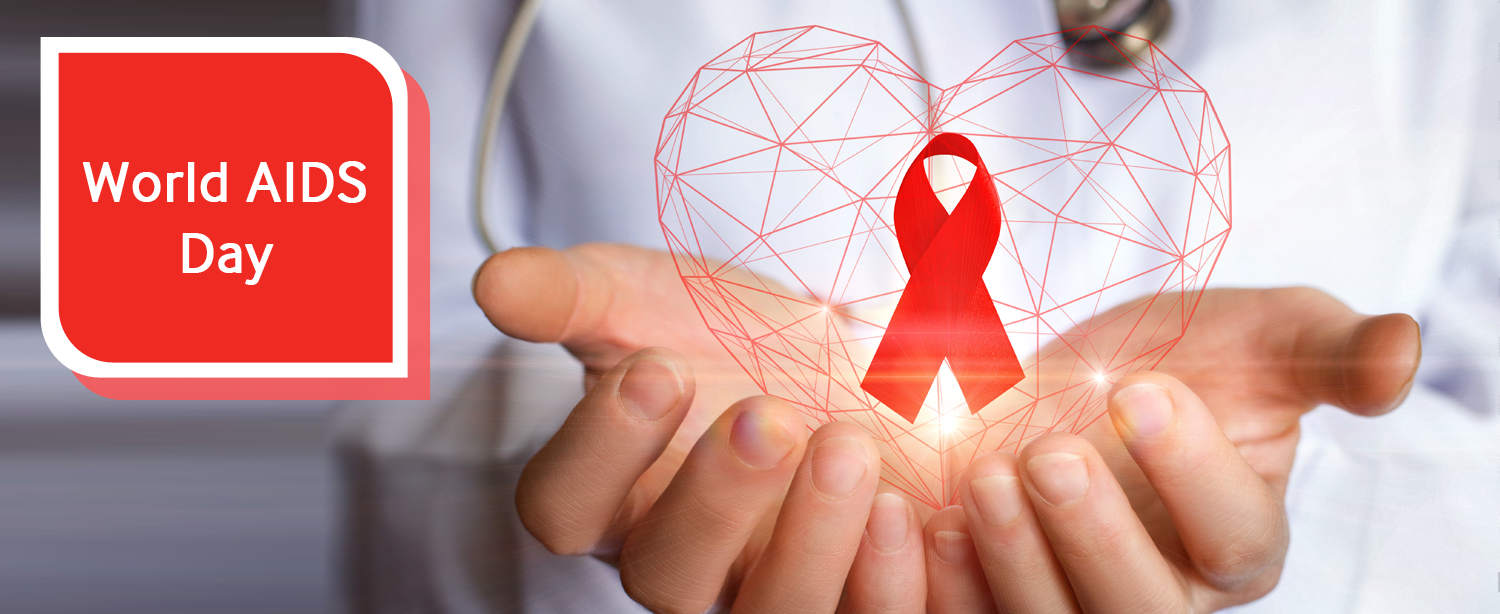AIDS is not a virus but a set of symptoms caused by the HIV virus. HIV is a virus that attacks the immune system, which is our body’s natural defence against illness. White blood cells are an important part of the immune system. HIV infects and destroys certain white blood cells called CD4+ cells. If too many CD4+ cells are destroyed, the body can no longer defend itself against infection.
The last stage of HIV infection is AIDS (acquired immunodeficiency syndrome). People with AIDS have a low number of CD4+ cells and get infections or cancers that rarely occur in healthy people. These can be deadly.
If HIV is left untreated, it may take up to 10 or 15 years for the immune system to be so severely damaged it can no longer defend itself at all. However, the speed HIV progresses will vary depending on age, health and background.
Basic facts about AIDS
- AIDS stands for acquired immune deficiency syndrome.
- AIDS is also referred to as advanced HIV infection or late-stage HIV.
- Treatment for HIV means that more people are staying well, with fewer people developing AIDS.
- There is effective antiretroviral treatment available so people with HIV can live a normal, healthy life.
- The earlier HIV is diagnosed, the sooner treatment can start – leading to better long term health. Hence, regular testing for HIV is important.
What causes HIV?
HIV infection is caused by the human immunodeficiency virus. You can get HIV from contact with infected blood, semen, or vaginal fluids. Some common reasons are listed below:
- Unprotected sex with someone who has HIV.
- Sharing drug needles with someone who is infected with HIV.
- The virus can also be passed from a mother to her baby during pregnancy, birth, or breastfeeding.
What are the symptoms?
HIV may not cause symptoms early on. People who do have symptoms may mistake them for the flu or mono. Common early symptoms include:
- Fever.
- Sore throat.
- Headache.
- Muscle aches and joint pain.
- Swollen glands (swollen lymph nodes).
- Skin rash.
Some common myths and facts related to AIDs:
1.Myth: You can get HIV just by being around HIV-positive individuals in your daily life.
Fact: HIV is transmitted when infected material (blood, semen, vaginal fluid, breast milk) comes in direct contact with a mucous membrane (mouth, vagina, anus), damaged tissue, or is injected directly into the bloodstream. HIV is not spread by kissing, hugging, sharing food/drink, toilet seats, sneezes/coughs, sweat, touching, or through insect bites.
2. Myth: HIV can be cured.
Fact: There is no cure for HIV. With treatment, HIV-positive individuals can control the virus and live long, healthy lives.
3. Myth: Being diagnosed with HIV is a death sentence.
Fact: The HIV virus was earlier less understood, how it was transmitted, or how to treat it. As a result of this lack of knowledge, combined with the stigma surrounding HIV/AIDS, many of those who were diagnosed died. With better awareness and advanced medication people can live long healthy lives.
4. Myth: If both partners are HIV positive, use of condoms is not required.
Fact: Do not forget that antiretroviral therapy (ART) will not protect you from unwanted pregnancy or other STDs. Additionally, it is possible for an HIV-positive individual to become infected with a second strain of HIV, which is called HIV re-infection. This could potentially hamper the current treatment.
5. Myth: The elderly do not have to worry about HIV
Fact: HIV does not discriminate against age, gender, race, sexual orientation, class, or any other identifier. Age doesn’t stop people from having sex and if you are having sex, then you are at some risk of contracting HIV or other STDs.
Let us all get together and bring an end to the AIDs epidemic. Over the years public efforts have spread the anti-AIDs message strongly leading to reduction in deaths due to AIDs. Let us be responsible citizens.
To get yourself tested for HIV, please see our below website to avail of the most suitable health check-up package for you:


